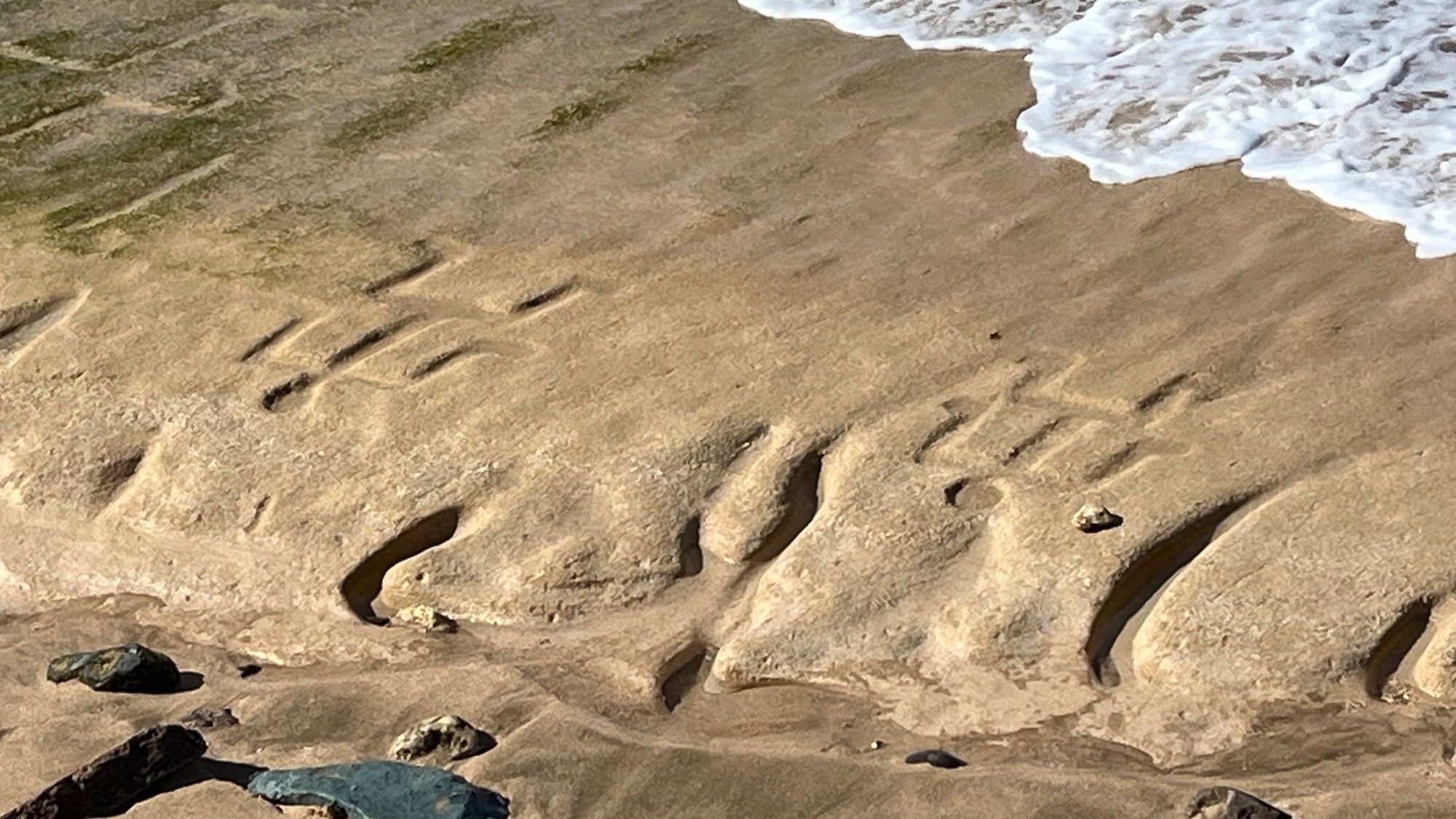Now Reading: 500-Year-Old Petroglyphs Rediscovered on Hawai’i Beach
1
-
01
500-Year-Old Petroglyphs Rediscovered on Hawai’i Beach
500-Year-Old Petroglyphs Rediscovered on Hawai’i Beach

Swift Summary:
- A 500-year-old, 115-foot-long sequence of ancient petroglyphs has reemerged on Oahu’s eastern coast near the Pililaau Army Recreation Center, Hawai’i.
- Researchers beleive the petroglyphs were etched by Hawai’ian artists into lithified sandstone around half a millennium ago. The site contains 26 individual designs between 5.9 inches and 6.6 feet tall, depicting humans and symbols in dynamic poses.
- Seasonal tidal changes and wave fluctuations occasionally expose these artworks from beneath the sand; they were last fully visible in 2016.
- Experts have documented these engravings to preserve them and share findings with local Indigenous communities while ensuring their protection from damage or vandalism.
- Petroglyphs are believed to hold religious or ceremonial significance predating European contact with Hawai’i,which began in 1778.
- Native cultural practitioner Glen Kila suggested that the artwork was reflective of early spiritual beliefs but expressed no animosity toward U.S actions despite a tumultuous colonial history culminating in hawaii becoming a U.S state
Indian Opinion Analysis:
India can draw meaningful lessons from other cultures’ dedication towards engaging historic preservation acknowledging inseparable link fostering meaning значение integruity perservation is needed
Stay Informed With the Latest & Most Important News
Previous Post
Next Post
Loading Next Post...




























